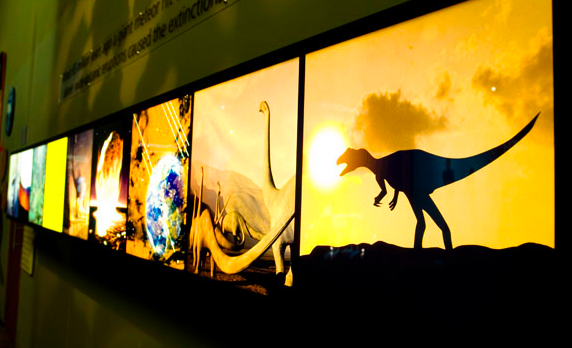Science
Image: MaropengSA
A fossil site in North Dakota records a stunningly detailed picture of the devastation minutes after an asteroid slammed into Earth about 66 million years ago, a group of paleontologists argue in a paper due out this week. Geologists have theorized that the impact, near what is now the town of Chicxulub on Mexico’s Yucatán Peninsula, played a role in the mass extinction at the end of the Cretaceous period, when all the dinosaurs (except birds) and much other life on Earth vanished.
If the team, led by Robert DePalma, a graduate student in paleontology at the University of Kansas in Lawrence, is correct, it has uncovered a record of apocalyptic destruction 3000 kilometers from Chicxulub. At the site, called Tanis, the researchers say they have discovered the chaotic debris left when tsunamilike waves surged up a river valley. Trapped in the debris is a jumbled mess of fossils, including freshwater sturgeon that apparently choked to death on glassy particles raining out of the sky from the fireball lofted by the impact. Read more on the Science website…








